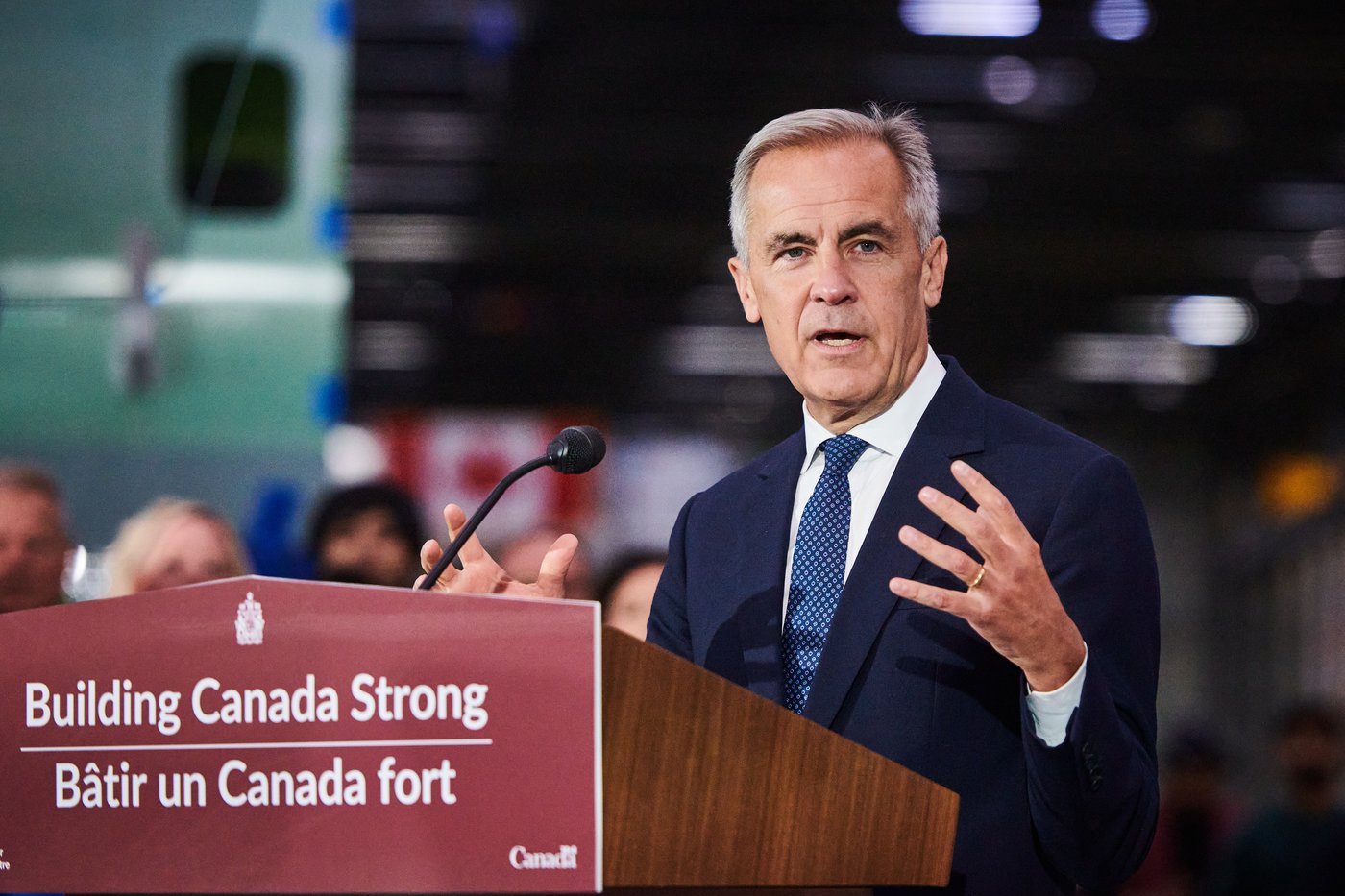These unclaimed dead bodies are stuck in limbo in freezers outside the Health Sciences Centre

A smattering of nondescript storage containers sit nestled on a concrete slab in a back alley in St. John’s, taking up a couple of hundred square feet between the Janeway children’s hospital and Memorial University’s school of medicine.
A large, bright green dumpster is pushed up against the rail that cordons them off.
Anyone making use of the nearby busy parking lot — only a stone’s throw away — would likely pay no attention to the scene.
But the containers are actually freezer units, and inside are dozens of corpses in body bags. Twenty-eight was the most recent number they held, CBC News confirmed, but that number changes daily as bodies are added or removed during the night.
The morgue at the Health Sciences Centre in St. John’s uses the containers as overflow storage. Bodies are placed in the freezers until the next of kin can claim them.
But some are no longer claiming the bodies of their loved ones. Inflation and the cost of living are eating away at pocketbooks, leaving very little left over for the costs of cremation or other funeral services.
That means the bodies have begun to pile up.
Four of the 28 are under the jurisdiction of Dr. Nash Denic, the province’s chief medical examiner. Denic does have the authority to order a cremation, but only for bodies of suspicious deaths. One body is a Jane Doe, meaning she’s unidentified. The rest are unclaimed by the next of kin.
Government support
Sources say the situation is growing worse. The morgue has had bodies piled up two per stretcher and in the hallways. The cold storage units have never been this full.
And as prices rise across the board, Newfoundland and Labrador’s population grows older. About 5,500 people die here every year. As more people can’t afford to claim the remains, the province’s solution is these freezer units.
Government assistance is available for some who can’t afford the cremation and funeral costs, but the payout rates haven’t changed in nearly two decades.
While Newfoundland and Labrador Health Services is planning a permanent cadaver storage unit at the Health Sciences Centre in St. John’s, there are now four freezer trucks that hold bodies outside the hospital. As the CBC’s Anthony Germain reports, it’s a problem that started getting worse when the cost of living — and dying — started climbing.
Relatives may get up to $2,338 to help with cremation or burial costs.
The Department of Children, Seniors and Social Development said in a statement that it handed out grants to about 360 people in 2022-23, totalling about $990,000 in benefits.
Of the those 360 people, about 250 were on income support at the time of death and 110 were people with qualifying low incomes.
The department said its budget for funeral benefits is part of the annual budget process, and any changes in demand will be included in future budget reviews. It also said it will begin examining the grant limits in April and take input from funeral home operators.
“Our goal in the review of funeral benefits is to streamline, simplify and improve the benefit rate structure so that is easier to understand and administer, and to improve the application process for families,” reads the department’s statement.
Permanent storage coming
Current laws don’t fully cover death by natural causes or lay out who has the authority to dispose of bodies.
There are also no potter’s fields — or common graves — to bury unknown and unclaimed bodies.
That leaves the bodies in limbo, since if N.L. Health Services were to unilaterally decide to cremate a body, it’s possible a relative might come forward after the fact to claim that’s not what the person wanted.
The policy issue involves at least two provincial government departments.

The Department of Justice can appoint a public trustee to help people who are not on income support. That person assesses the household income.
The Department of Children, Seniors and Social Development has a nine-page form for people who are not receiving income support to fill out. There is a burial unit — a team located in Gander — which assesses the paperwork, but that still takes time.
N.L. Health Services is in charge of ordering the freezer trucks and arranges for the movement of bodies.
The health authority told CBC News in a statement it shares the morgue with the Office of the Chief Medical Examiner at the Health Sciences Centre.
But it’ll soon have a more permanent solution for the overflow of unburied remains: a permanent storage unit at the Health Sciences Centre.
That construction will begin in the coming months, according to the statement. Bodies without any next of kin claiming them will be handled by an appointed public trustee, who may eventually send them to a funeral home.
The permanent storage unit will preserve the bodies during that process, the health authority said.
It’s not clear where on hospital grounds that storage unit will be located.
Download our free CBC News app to sign up for push alerts for CBC Newfoundland and Labrador. Click here to visit our landing page.




